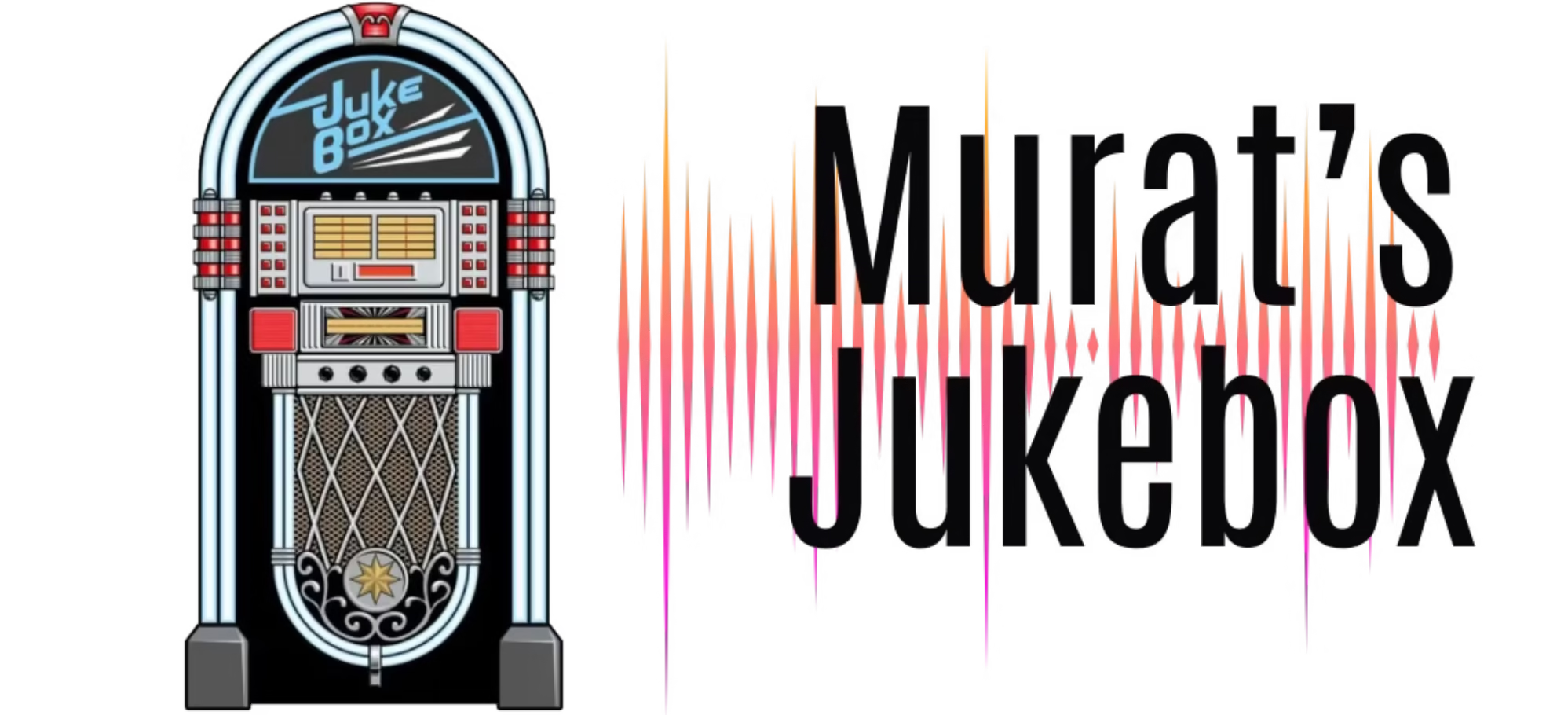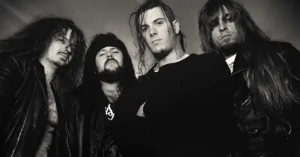Black Sabbath: The Birth of Heavy Metal Darkness
Black Sabbath. Origins: From Blues to Doom
Black Sabbath formed in Birmingham, England, in 1968, a city known for its post-industrial grit — a perfect birthplace for the band’s dark and heavy sound.
Original lineup:
- Ozzy Osbourne – Vocals
- Tony Iommi – Guitar
- Geezer Butler – Bass
- Bill Ward – Drums

The band originally went by Polka Tulk Blues Band and then Earth, playing blues-based rock. But their sound changed drastically when they began experimenting with darker themes, influenced by horror films and the occult.
The name “Black Sabbath” was taken from a 1963 Boris Karloff film, and it reflected their intent to create music that was dark, heavy, and haunting — a direct contrast to the “flower power” era.
Black Sabbath. The Invention of Heavy Metal
✦ Black Sabbath (1970)
Released on Friday the 13th, February 1970, their debut album marked the birth of heavy metal.
Key tracks:
- “Black Sabbath” – Dissonant, slow, terrifying; often cited as the first metal song
- “N.I.B.” – A bass-driven track with sinister lyrics
- “The Wizard” – Harmonica meets hard rock
Tony Iommi’s finger injury (from an industrial accident) forced him to use lighter strings and develop a darker, heavier tone — this accidental limitation helped shape the genre.
✦ Paranoid (1970)
Released later the same year, Paranoid became their most iconic album.
Standout tracks:
- “Paranoid” – A last-minute filler that became a Top 5 hit
- “Iron Man” – A thundering riff and a science fiction revenge tale
- “War Pigs” – An anti-war anthem with apocalyptic imagery
- “Electric Funeral” – Doom-laden and eerie
This album cemented Sabbath as global pioneers and solidified the sonic DNA of heavy metal: downtuned riffs, dark lyrics, and driving rhythms.
Black Sabbath. The Classic Years: Heavy Metal’s Blueprint
✦ Master of Reality (1971)
- Considered the first album to fully embrace doom metal and sludge
- Tracks like “Children of the Grave” and “Sweet Leaf” (an ode to marijuana) pushed boundaries
- Iommi tuned his guitar even lower, producing a denser sound still emulated today
✦ Vol. 4 (1972)
- More experimentation, including orchestration and piano
- “Supernaut” and “Snowblind” (a thinly veiled cocaine anthem) stood out
✦ Sabbath Bloody Sabbath (1973)
- Critically acclaimed for balancing weight with melody
- Featured more sophisticated arrangements and keyboards
- “Sabbra Cadabra” and the title track became fan favorites
✦ Sabotage (1975) and Technical Ecstasy (1976)
- Continued to innovate but marked by growing internal tension and substance abuse
Black Sabbath. Collapse and Reinvention
By the late 1970s, Ozzy’s drug problems became unmanageable. He was fired in 1979, and the band entered a new era.
✦ Heaven and Hell (1980) – Featuring Ronnie James Dio (ex-Rainbow)

- Marked a creative and commercial resurgence
- “Heaven and Hell” and “Neon Knights” brought operatic vocals and fantasy themes
Dio’s influence reshaped Sabbath’s sound: more melodic, less blues-based, and grander in scope.
Follow-ups like Mob Rules (1981) and Dehumanizer (1992) continued this trajectory with critical and fan support.
Black Sabbath. Endless Lineups and Legacy of Chaos
Between 1983 and 1996, Black Sabbath became a revolving door of musicians:
- Vocalists included Ian Gillan (Deep Purple), Glenn Hughes, Tony Martin
- The band struggled with identity and direction, though some albums (Headless Cross, Tyr) gained cult status
Despite the turmoil, Tony Iommi remained the sole consistent member, effectively the heart of Black Sabbath.
VI. Reunion and Final Chapter
✦ Reunion with Ozzy (1997–2006)
- The original lineup reunited for Ozzfest tours and live albums
- Health issues (notably Bill Ward’s) often complicated full participation
✦ 13 (2013) – Their final studio album
- First Ozzy-fronted studio album since 1978
- Produced by Rick Rubin, it was hailed as a return to form
- Debuted at #1 in multiple countries, showing their enduring power
VII. The End (2017)
After farewell tours and one final performance in Birmingham, the band officially retired in 2017.
Though Ozzy and Iommi occasionally reunited for special events, Black Sabbath as a band ceased active operations, closing a chapter on a nearly 50-year legacy.
VIII. Legacy and Influence
Black Sabbath is known for:
- Creating the blueprint of heavy metal
- Introducing themes of darkness, occult, war, and social decay to rock
- Influencing every subgenre of metal: doom, thrash, sludge, stoner, black, death, and beyond
- Being unapologetically heavy, yet rhythmically inventive and musically complex
Accolades:
- Over 75 million albums sold worldwide
- Inducted into the Rock and Roll Hall of Fame (2006)
- Multiple Grammy Awards (including Lifetime Achievement)
- Consistently ranked among the most influential bands in rock history
Influenced:
- Metallica, Slayer, Iron Maiden, Judas Priest
- Nirvana, Soundgarden, Alice in Chains (grunge borrowed their gloom)
- Opeth, Ghost, Mastodon, and countless underground metal acts
IX. Interesting Facts
- Tony Iommi’s missing fingertips led him to invent the heavy metal riff as we know it
- “Iron Man” was originally called “Iron Bloke”
- Ozzy’s solo career became almost as legendary as his time with Sabbath
- Sabbath’s music was banned by many U.S. radio stations in the ’70s for “satanic” content, though most lyrics dealt with anti-war and social decay





